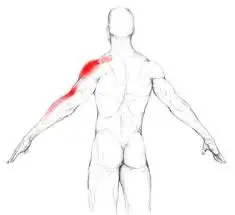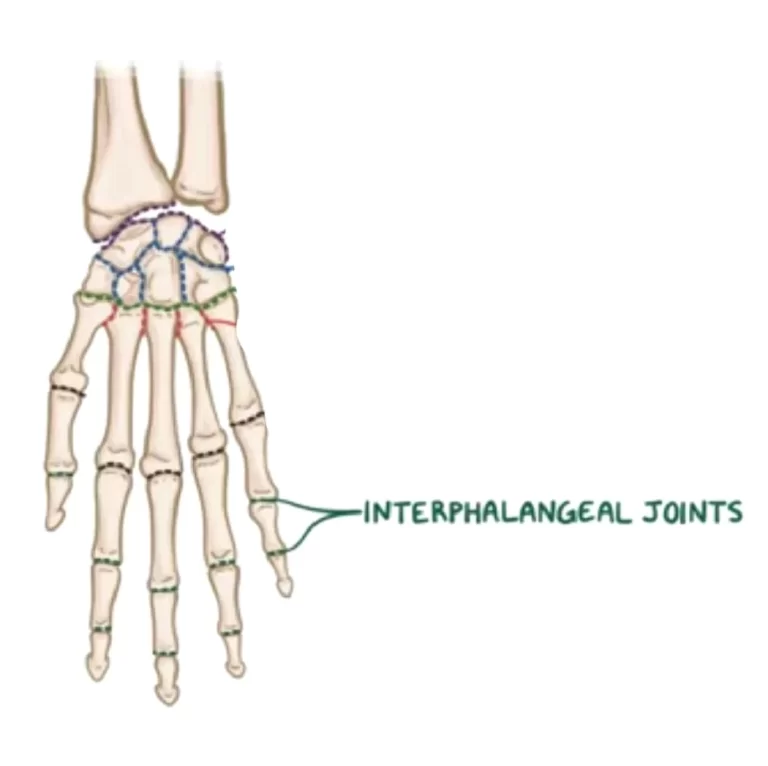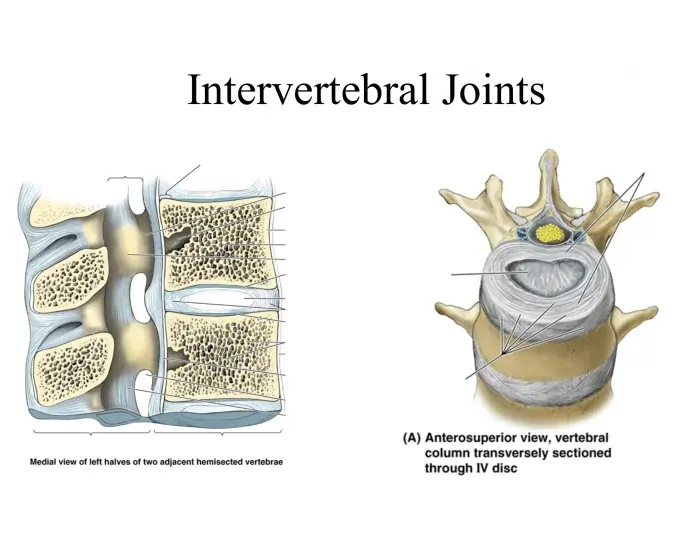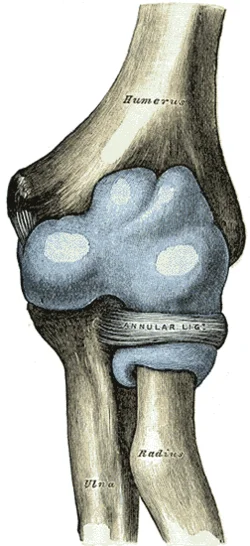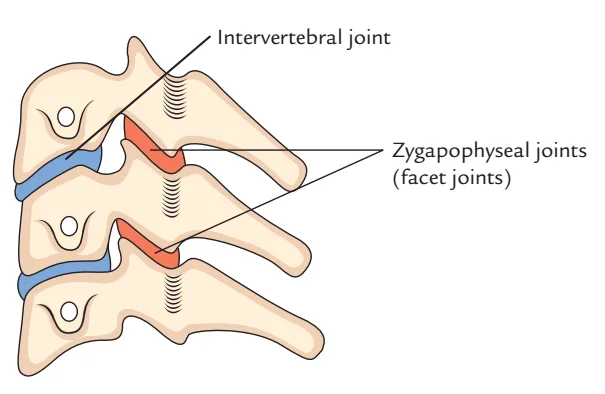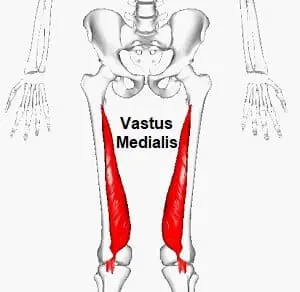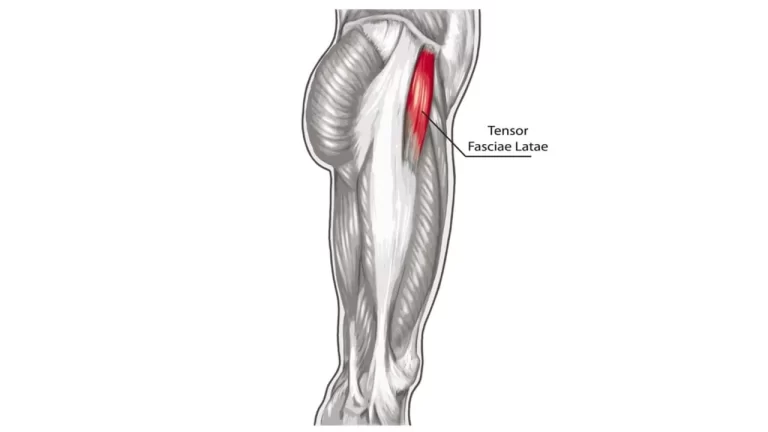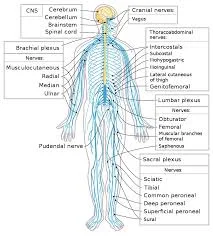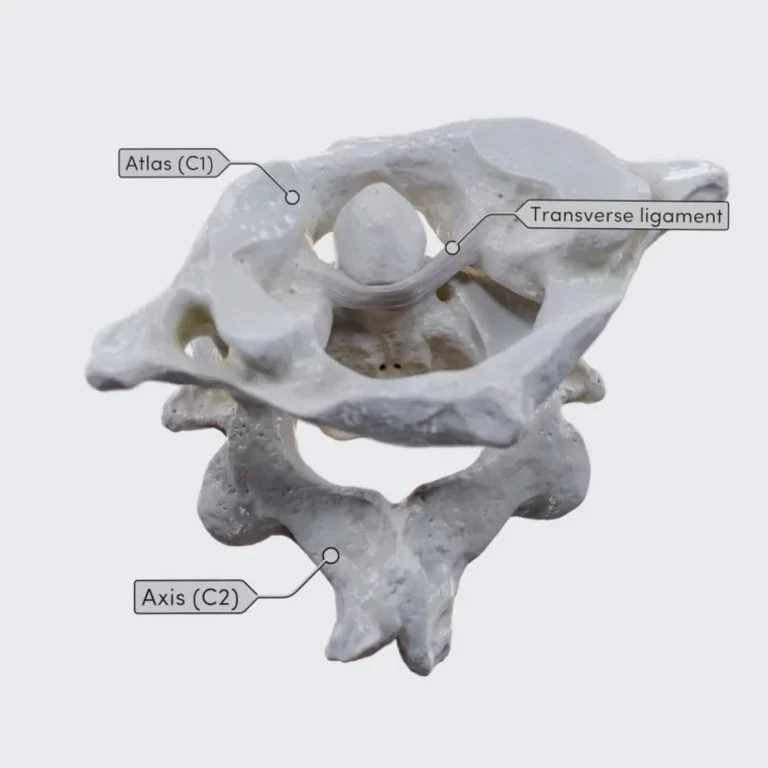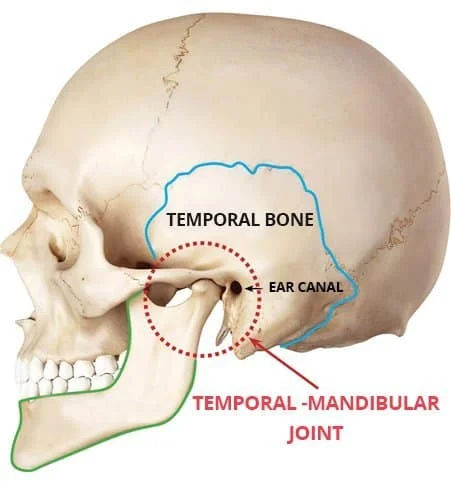Supraspinatus Muscle Pain
Supraspinatus Muscle Pain occurs due to strain, overuse, or injury to the supraspinatus muscle, a key component of the rotator cuff in the shoulder. Pain is often felt on the top or side of the shoulder and may worsen with overhead movements. Common causes include repetitive stress, poor posture, or rotator cuff injuries. Early management…

